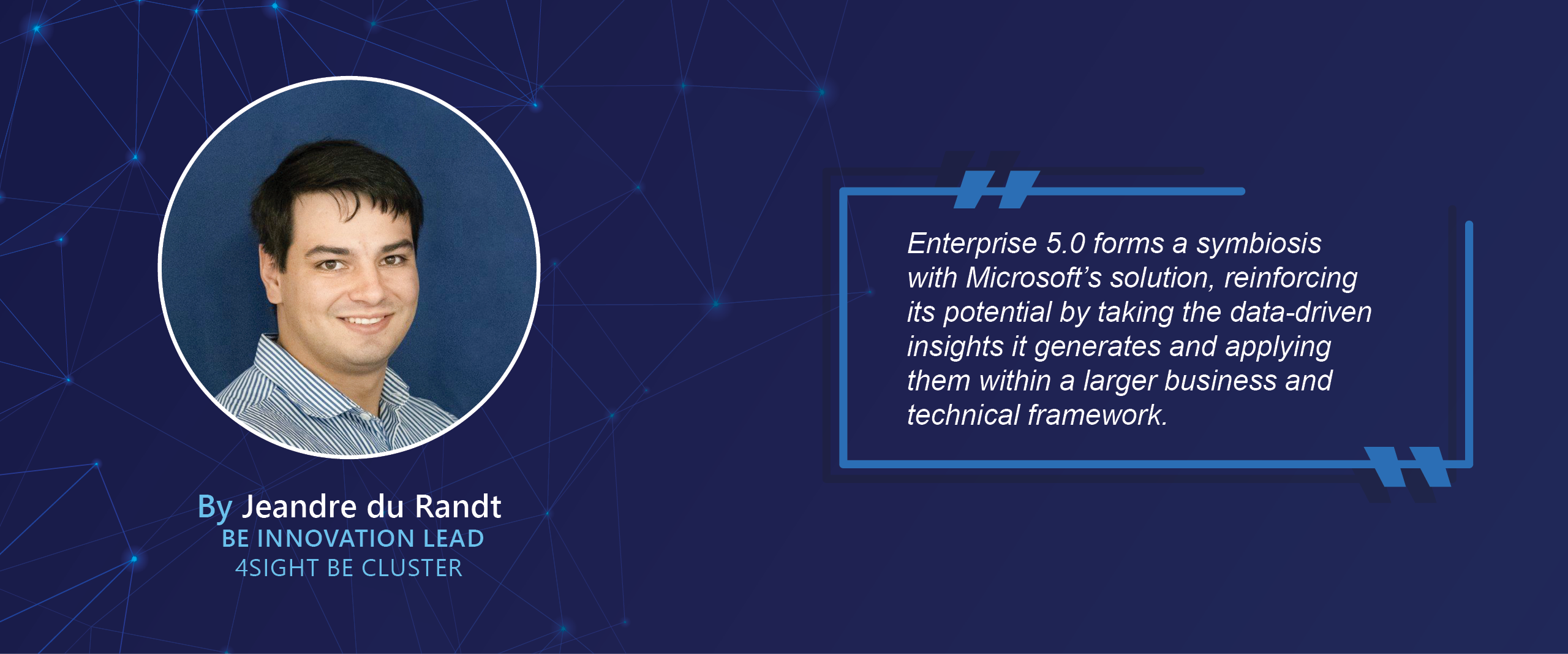Blog - Business Environment
Navigating Sustainability Challenges: The Efficacy of Microsoft Sustainability Manager

As we traverse the 21st century, the industry finds itself grappling with a host of sustainability challenges. Several factors, including a lack of universally accepted standards, slow and outdated manual processes, limited transparency across the value chain, siloed data, difficulties in measuring capital investment trade-offs, and an absence of reporting or benchmarking, have led to a need for innovative solutions.
The complexity of these issues, intertwined with environmental and economic implications, can make navigating the sustainability landscape seem daunting. However, Microsoft's Sustainability Manager offers an effective solution, aiming to help organisations address these challenges head-on.
Navigating the Challenges
Among the primary hurdles organisations face is the absence of universally accepted sustainability standards. Without a standardised set of guidelines, businesses can struggle to decipher and apply differing regional and industry-specific practices effectively.
Moreover, many organisations still rely on slow and labour-intensive manual processes to organise and report emissions data. Such approaches, besides lacking auditability, often fail to meet the increasingly stringent regulatory scrutiny over reporting accuracy.
Visibility into the environmental footprint of an organisation's entire operations, products, and value chain, is essential. Yet, gathering the necessary data proves challenging when it originates from various suppliers and partners outside the organisation.
Data silos, often due to differing formats, including paper-based invoices and receipts, further complicate the collection and calculation of emissions. Understanding how efforts and investments into reducing environmental impact will affect the bottom line, shareholder value, and opportunities for business growth poses additional challenges.
The absence of a correct data model and integrated services can result in insufficient reporting or tracking of progress in sustainability improvement efforts.
Enter Microsoft Sustainability Manager
Microsoft Sustainability Manager aims to streamline the process of addressing Environmental, Social, and Governance (ESG) challenges. This comprehensive solution offers several features designed to reduce an organisation's energy, water, and waste consumption and to benchmark and track their sustainability progress.
The tool automates the collection and reporting of emissions data, thereby saving organisations time and resources. An integrated data model facilitates the breaking down of data silos by incorporating data from different sources, such as ERP and CRM systems, and sensors.
Microsoft Sustainability Manager's flexibility and extensibility enable it to be customised according to an organisation's specific needs, allowing for the tracking of key metrics and the creation of custom reports and dashboards. Collaboration capabilities further provide a platform for sharing data and insights with stakeholders, fostering increased awareness, and driving action toward sustainability goals.
The Solution Concept

The high-level concept for Microsoft Sustainability Manager is to provide a platform that enables organisations to collect, store, and analyse their sustainability performance data. This platform then offers insights to help identify areas for improvement and track progress towards sustainability goals.
It functions as a one-stop portal for all sustainability data, calculations, and reporting. The architecture is organised into three main parts: data ingestion from operational and value chain systems or partners; generation of insights from calculation and reporting of current emissions; and construction of partner solutions atop the data housed in the manager to drive optimisation actions.
Furthermore, the solution can track a variety of emission scopes, including direct emissions from owned or controlled sources (Scope 1), indirect emissions from the generation of purchased or acquired electricity, heat, or steam (Scope 2), and all other indirect emissions occurring in the organisation's value chain (Scope 3).
The Technical Architecture
The technical solution architecture for Microsoft Sustainability Manager is founded on the Microsoft Azure cloud platform. Leveraging Azure services, such as Azure Data Lake Storage, Azure Synapse Analytics, and Azure Power BI, it collects, stores, and analyses sustainability data. The solution is constructed atop the Microsoft Power Apps platform, allowing the use of building blocks in the software stack to build a comprehensive ESG reporting platform.

The Implementation with 4Sight’s Enterprise 5.0
To implement Microsoft Sustainability Manager effectively, we at 4Sight leverage our unique digital architecture, Enterprise5.0. Recognising the need for a comprehensive approach to sustainability that integrates seamlessly with everyday business practices, Enterprise5.0 serves as a critical tool that enhances the capabilities of the Microsoft Sustainability Manager.
Enterprise5.0 forms a symbiosis with Microsoft's solution, reinforcing its potential by taking the data-driven insights it generates and applying them within a larger business and technical framework. This fusion not only accelerates data collection and analysis, but it also ties these processes to key sustainability metrics, ensuring a responsive, agile approach to sustainable operations.
With our ground-up approach, we take into account the entire operational landscape of your business - from the platform and applications, through data extraction and usage. This means that the implementation of Microsoft Sustainability Manager is far-reaching and truly integrated, providing a panoramic view of your sustainability performance.
At the heart of our strategy is a robust and agile data management system, designed to adjust to emerging sustainability metrics and standards. It ingests, transforms, stores, computes, and consumes vast amounts of data, enabling accurate real-time monitoring and analysis of sustainability indicators. Moreover, Enterprise5.0 ensures that this wealth of data is effectively utilised to drive sustainable decisions, maximising the benefits of the Microsoft Sustainability Manager.
And we don't lose sight of the human factor in this digital transformation. Our approach considers every business process and its role in sustainability, automating and optimising these processes with the overarching goal of minimising environmental impact, maximising social good, and promoting efficient, responsible use of resources.
Furthermore, our technology-independent framework caters to evolving customer needs, striking a balance between business agility, customer satisfaction, and sustainability. Through Enterprise5.0, we ensure that your sustainability journey, supported by Microsoft Sustainability Manager, resonates with your customers and stakeholders.
In a world where sustainability is no longer optional but a core aspect of business operations, we at 4Sight, with our Enterprise5.0 framework, guide businesses in transitioning towards a sustainable future. A future where not only does the business survive but also thrives in harmony with the environment and society.

Conclusion
Microsoft Sustainability Manager provides an innovative and comprehensive approach to addressing sustainability challenges in various industries. By offering unique features and flexibility to suit different organisations, it holds great promise in driving businesses towards their sustainability goals, proving that the path to sustainable operation, while intricate, can be effectively navigated. For more detail on Microsoft’s Sustainability Manager and how it can be utlised in your business to address ESG, contact 4Sight at This email address is being protected from spambots. You need JavaScript enabled to view it.


